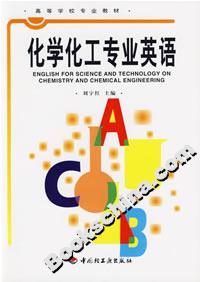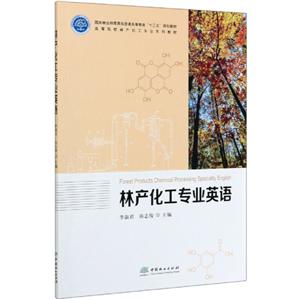
作者:谢红
页数:144页
出版社:化学工业出版社
出版日期:2010
ISBN:9787122090652
电子书格式:pdf/epub/txt
相关资料
插图:While similar in its effects to the BLEVE discussed above, unconfined vapor cloudexplosions (UVCES) are another combustion process creating major emergency problems, butonly recently recognized as a threat of total devastation to process plants and surroundings.Chemicals as diverse as hydrogen, ethylene, butane, LPG, cyclohexane, ethylene oxide, ethylchloride, isopropyl alcohol, acrolein, and vinyl chloride, as well as crude oil, have caused seriousUVCEs.Uncontrolled ReleaseWhen a container or containment system fails, the resulting spill or release may have effectswhich may be dramatic or undetected. Chemical materials have a wide range of properties,producing effects of diverse nature. It is difficult to separate chronic from acute emergenciesin this context, since at some point, the chronic low level release may reach a point orconcentration that at least for some persons at high risk, is very acute.2Time-Bomb of Toxic or Explosive Materials from Improper DisposalHazardous-waste management is not a new problem, but its effects, while still largelyunappreciated, are rapidly becoming acute emergencies.3 Pollutants previously discharged intowaterways and atmosphere often accumulate, even when diluted, and become part of thebiological chain. Hazardous wastes may contain toxic chemicals, pesticides, acids, caustics,infectious, radioactive, carcinogenic, flammable, or explosive materials.BiohazardsBiological hazards, also known as biohazards, refer to biological substances that pose a threat tothe health of living organisms, primarily that of humans. This can include medical waste orsamples of a microorganism, virus or toxin (from a biological source) that can impact humanhealth. It can also include substances harmful to animals. Biological hazards are not alwaysvisible, but they must never be overlooked.
本书特色
《化工专业英语》:中国石油和化学工业行业规划教材·高职高专化工技术类。
目录
Module One Chemical ProductionUnit One Production of Sodium CarbonateUnit Two Production of PolyethyleneUnit Three Refining PetroleumUnit Four Fine ChemicalsUnit Five CrystallizationUnit Six Liquid-Liquid ExtractionUnit Seven Analytical ChemistryModule Two Vocational Health and SanitationUnit Eight Dangerous Factors of Chemical IndustryUnit Nine Occupational Hazards and ProtectionUnit Ten Individual ProtectionModule Three Chemical Industry SafetyUnit Eleven Hazards of Dangerous ChemicalsUnit Twelve Electric AccidentsUnit Thirteen Chemical Process Safety InformationModule Four Environmental ProtectionUnit Fourteen Reduction of Exhaust EmissionUnit Fifteen Reuse of WasteUnit Sixteen Recycle of Chemical WasteUnit Seventeen Cleaner ProductionModule Five QualityUnit Eigthteen Quality AssuranceUnit Nineteen Quality Management SystemsUnit Twenty Good Manufacturing PracticeAppendixesⅠ Vocabulary(词汇表)Ⅱ Common Prefixes & Suffixes of Chemistry or ChemicalWords(化学化工常用构词)Ⅲ Common Groups of Organic Compounds(常见有机基团)Ⅳ Common English Abbreviations of Chemical Products《常用化工产品英文缩写》References
节选
《化工专业英语》是为了提高化工技术类专业学生化工英语信息获取能力和信息产出能力,培养与职业能力结构要求相一致的高素质技能型人才而编写的。本教材涉及化工产品生产、健康、安全、环境和质量等方面的内容。材料来源于英文原版书籍、杂志和英文化工方面的相关网站。由五个模块20个单元组成,每个单元由课文、难点注释、词汇表、课后练习和阅读材料组成。课文主要内容为:化工生产模块、职业健康和卫生模块、化工安全模块、环境保护模块和质量模块。书后附有总词汇表、化学化工常用构词、常见有机基团和常用化工产品英文缩写。本教材突出实用、够用和好用特点,语言精练、图文并茂、操作性强、覆盖面广、难度适中,可作为高职高专化工技术类专业英语教材,也可作为从事化工产品生产工作人员的参考书。















